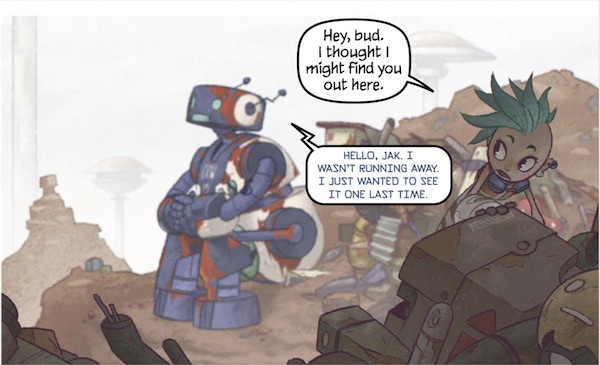
Review: Four ‘Far Out Fairy Tales’
Hansel & Gretel & Zombies, by Benjamin Harper and Fern Cano
Goldilocks and the Three Vampires, by Laurie S. Sutton and C.S. Jennings
Jak and the Magic Nano-Beans, by Carl Bowen and Omar Lozano
Sleeping Beauty, Magic Master, by Stephanie True Peters and Alex Lopez
Capstone, Grades 3 up
The notion that any story is improved by the addition of zombies, vampires, or other supernatural beings has finally made its way to the elementary-school set: Each of the graphic novels in Capstone’s Far Out Fairy Tales series puts a B-movie spin on a familiar fairy tale.
ADVERTISEMENT
ADVERTISEMENT
 Interestingly, in the case of Hansel and Gretel and Zombies, that makes the tale less harsh than the original. In the zombified version, Hansel and Gretel and their parents are zombies who live in a Disney-esque enchanted forest and live on the brains of unsuspecting tourists. They are starving because the tourist trade is drying up, but rather than abandon their children, they dress them as cute human children so they can lure in some good Samaritans and turn them into dinner. The witch does capture them and fatten up Hansel while making Gretel do all the work, but Gretel doesn’t roast her in the oven—she bites the witch and turns her into a zombie. The story ends happily with all the characters living companionably together and munching on the vegetarian brains that the witch obtains by mail order.
Interestingly, in the case of Hansel and Gretel and Zombies, that makes the tale less harsh than the original. In the zombified version, Hansel and Gretel and their parents are zombies who live in a Disney-esque enchanted forest and live on the brains of unsuspecting tourists. They are starving because the tourist trade is drying up, but rather than abandon their children, they dress them as cute human children so they can lure in some good Samaritans and turn them into dinner. The witch does capture them and fatten up Hansel while making Gretel do all the work, but Gretel doesn’t roast her in the oven—she bites the witch and turns her into a zombie. The story ends happily with all the characters living companionably together and munching on the vegetarian brains that the witch obtains by mail order.
 The story of the three bears has only a tenuous connection with the original, as it features a young archaeologist investigating the tomb of King Arthur—and encountering only the king but also Queen Elizabeth I and Robin Hood, all transformed into vampires and looking at her like a delicious snack. This one features plenty of Lara Craft-esque maneuvers, as Goldilocks faces a series of booby traps and defends herself against both the vampires and a horde of spiders through the clever use of her smart phone.
The story of the three bears has only a tenuous connection with the original, as it features a young archaeologist investigating the tomb of King Arthur—and encountering only the king but also Queen Elizabeth I and Robin Hood, all transformed into vampires and looking at her like a delicious snack. This one features plenty of Lara Craft-esque maneuvers, as Goldilocks faces a series of booby traps and defends herself against both the vampires and a horde of spiders through the clever use of her smart phone.
In Sleeping Beauty: Magic Master, the Princess Aurora doesn’t wait around for a prince to wake her up. In fact, the opposite happens: She rescues a prince. When Aurora is born, the bad fairy puts a curse on her, as in the original, but the good fairy gives her the gift of magic. The bad fairy put the rest of the kingdom to sleep, but Aurora has until her 13th birthday to learn all of magic and gather the ingredients for a magic potion that will break the spell. In her last-minute dash to get the final ingredients, she befriends a yeti who helps her out, and once the spell is broken, he turns out to be a handsome prince.
 Jak and the Magic Nano-Beans, a sci-fi take on Jack and the Beanstalk, is the edgiest of these books, if any Capstone book could be said to be edgy. Jak is a rebellious teenage girl with a blue Mohawk. The beanstalk is replaced by a space elevator, which all the affluent people in her society used to escape from earth, leaving a bleak landscape inhabited by people who apparently have no skills, as all the technology is starting to fall apart. Jak’s mother sits around all day drinking soda and surfing the internet, and she wants Jak to sell her best friend, a robot named Cow, for scrap. But the junkman has a better idea: He gives Jak a tube of nano-bots who repair Cow; then he sends her up to the space station at the top of the elevator in search of more. When they reach the space station, Jak and Cow find plenty of nano-bots all right, but they also encounter a giant space octopus that’s trying to gobble them all up. In this story, technology (the nano-bots) replaces both the magic beans and the gold that the original Jack brought back home. It’s an interesting point for discussion.
Jak and the Magic Nano-Beans, a sci-fi take on Jack and the Beanstalk, is the edgiest of these books, if any Capstone book could be said to be edgy. Jak is a rebellious teenage girl with a blue Mohawk. The beanstalk is replaced by a space elevator, which all the affluent people in her society used to escape from earth, leaving a bleak landscape inhabited by people who apparently have no skills, as all the technology is starting to fall apart. Jak’s mother sits around all day drinking soda and surfing the internet, and she wants Jak to sell her best friend, a robot named Cow, for scrap. But the junkman has a better idea: He gives Jak a tube of nano-bots who repair Cow; then he sends her up to the space station at the top of the elevator in search of more. When they reach the space station, Jak and Cow find plenty of nano-bots all right, but they also encounter a giant space octopus that’s trying to gobble them all up. In this story, technology (the nano-bots) replaces both the magic beans and the gold that the original Jack brought back home. It’s an interesting point for discussion.
 Each book includes an afterword that includes a brief summary of the original story, an illustrated chart of differences, two pages of visual questions pointing out some of the storytelling tricks used in the comics, and a glossary. (Fun fact: The original intruder in the Three Bears was an old woman named Silverhair, not a young girl named Goldilocks.)
Each book includes an afterword that includes a brief summary of the original story, an illustrated chart of differences, two pages of visual questions pointing out some of the storytelling tricks used in the comics, and a glossary. (Fun fact: The original intruder in the Three Bears was an old woman named Silverhair, not a young girl named Goldilocks.)
The art in all these books is outstanding. Jak and Sleeping Beauty showing a lot of manga influence in the character designs, and all four have a contemporary look that sets them apart from the usual Disney-esque fairy tale books. The artists make good use of the elements of comics, using paneling, sound effects, and different shapes and colors of word balloons to tell the story. The visual questions in the back of the books point out some of these elements, which makes the books good tools for learning the skills required to read graphic novels. While the stories are a far cry from the traditional versions, the books are entertaining in their own right, with diverse casts of characters, girls who make their own adventures, and plenty of goofy, supernatural fun.
Filed under: Graphic Novels, Reviews
About Brigid Alverson
Brigid Alverson, the editor of the Good Comics for Kids blog, has been reading comics since she was 4. She has an MFA in printmaking and has worked as a book editor, a newspaper reporter, and assistant to the mayor of a small city. In addition to editing GC4K, she is a regular columnist for SLJ, a contributing editor at ICv2, an editor at Smash Pages, and a writer for Publishers Weekly. Brigid is married to a physicist and has two daughters. She was a judge for the 2012 Eisner Awards.
ADVERTISEMENT
ADVERTISEMENT
SLJ Blog Network
One Star Review, Guess Who? (#202)
This Q&A is Going Exactly As Planned: A Talk with Tao Nyeu About Her Latest Book
Parsing Religion in Public Schools
Take Five: LGBTQIA+ Middle Grade Novels
ADVERTISEMENT

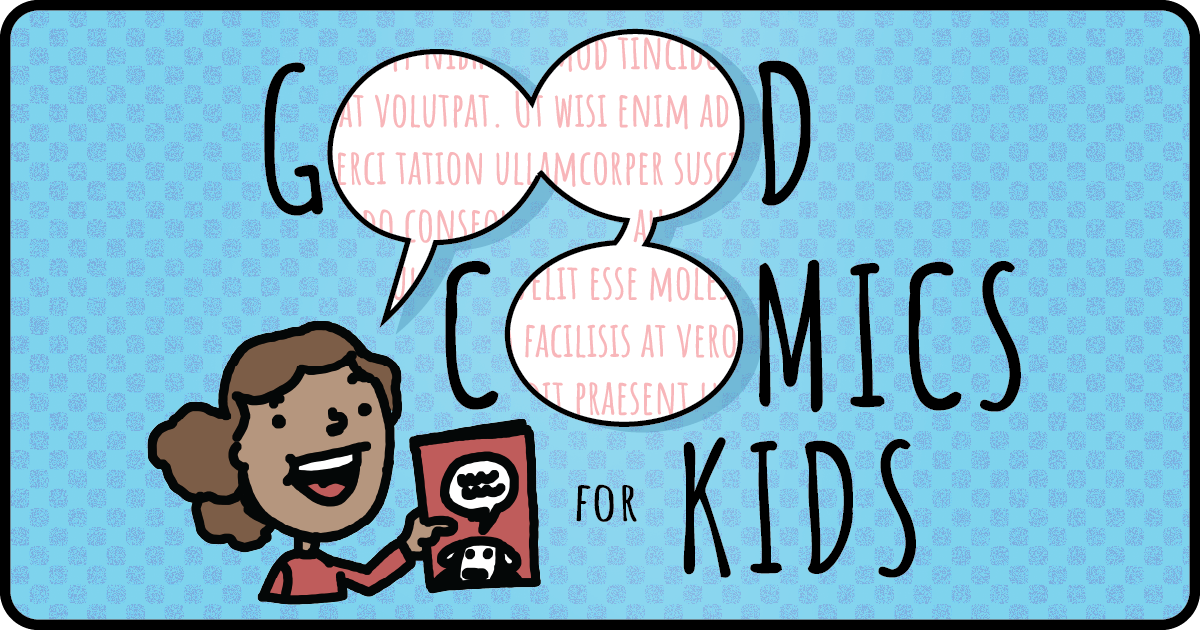





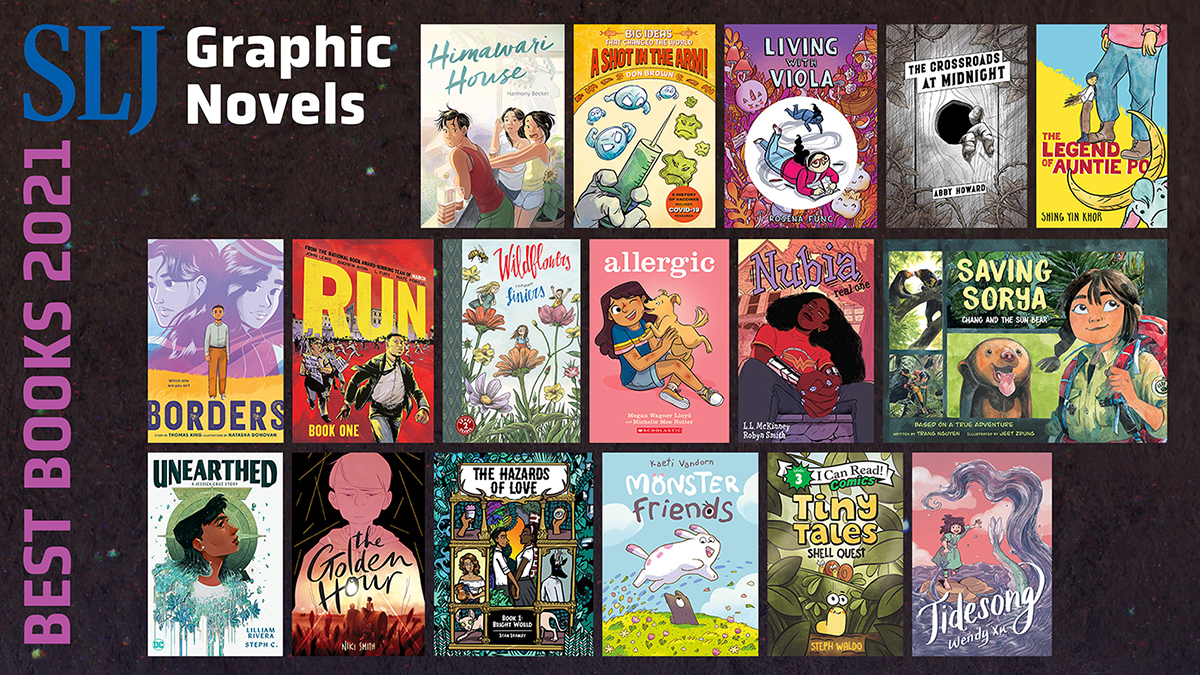
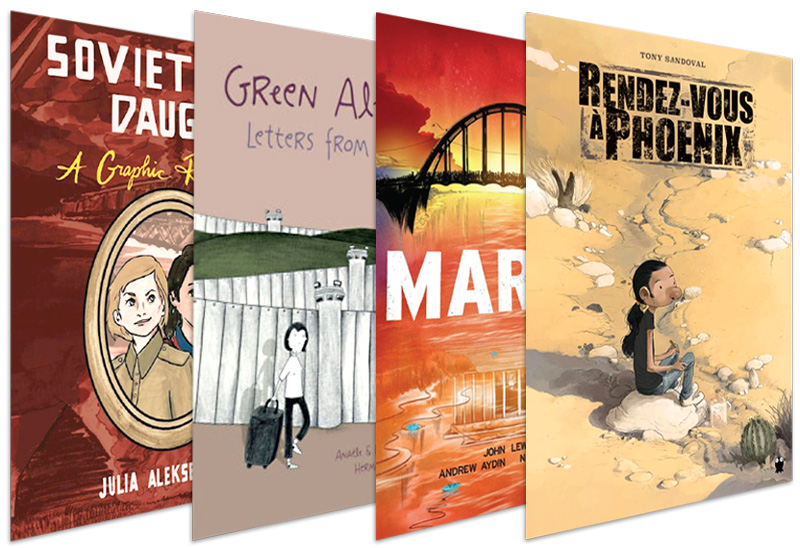
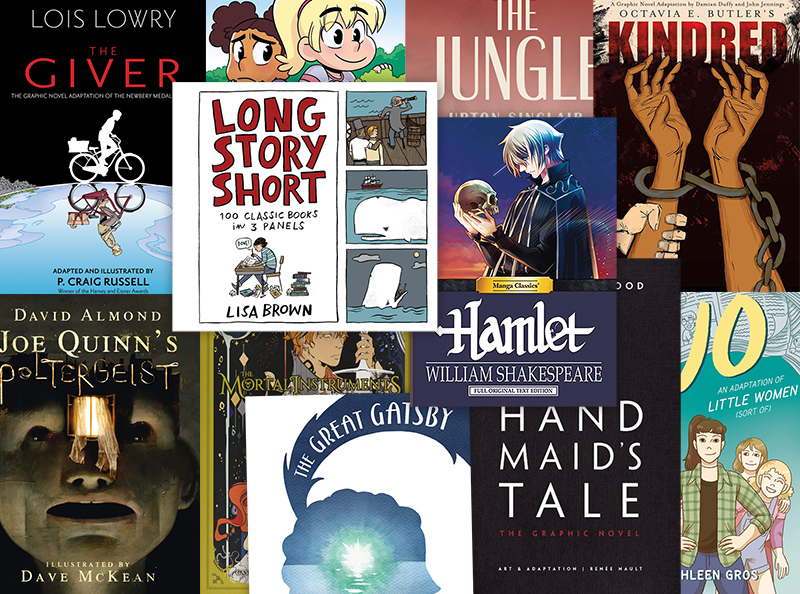
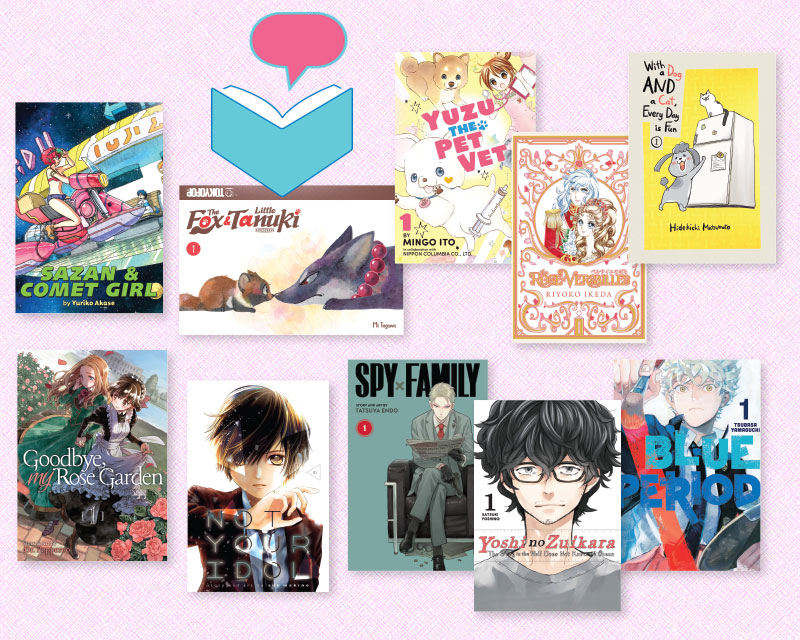
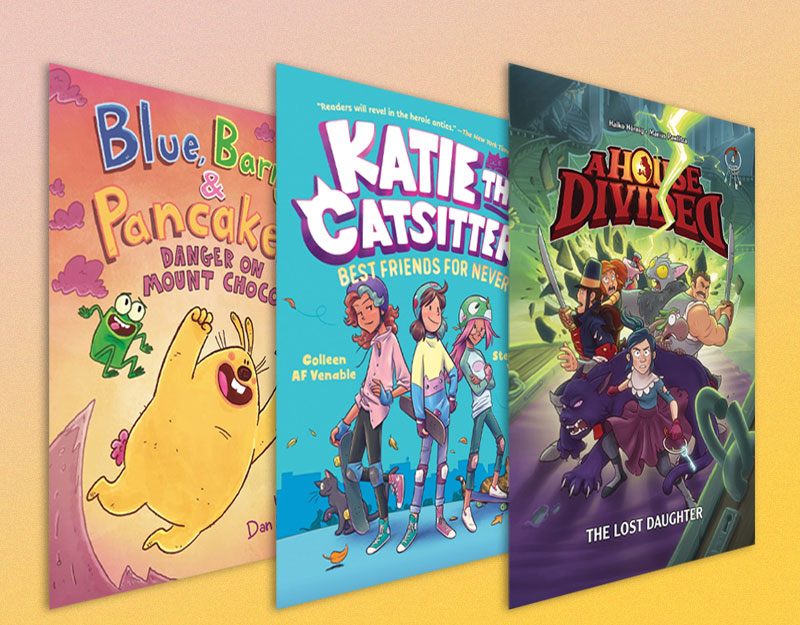
These are a huge hit in my library – particularly with girls. My only caveat/piece of advice is that the individual books are really poorly put together and the pages start falling out after 2-3 check-outs to such an extent that they have to be withdrawn. I’ve had better luck with the collected versions which seem to be bound a bit better!